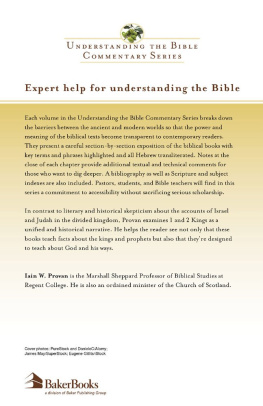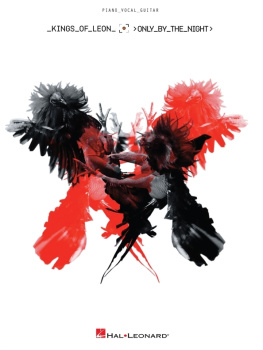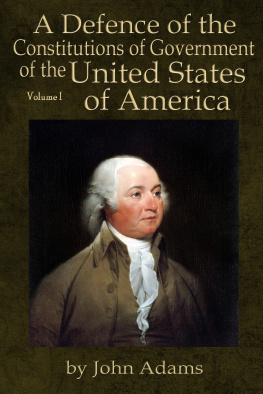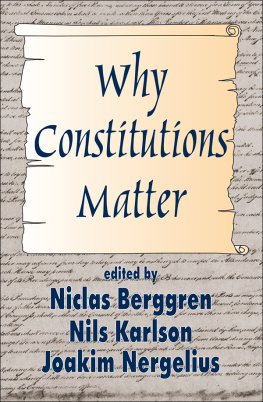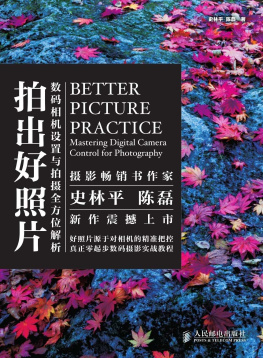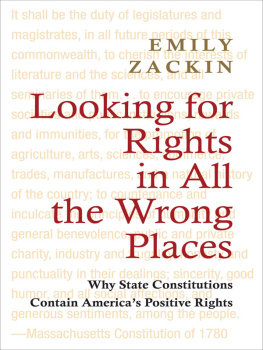Kings, Country and Constitutions
Thailands Political Development 19322000
Kings, Country and Constitutions
Thailands Political Development 19322000
Kobkua Suwannathat-Pian
First published 2003
by RoutledgeCurzon
2 Park Square, Milton Park, Abingdon, Oxon, OX14 4RN
Simultaneously published in the USA and Canada
by RoutledgeCurzon
270 Madison Ave, New York NY 10016
RoutledgeCurzon is an imprint of the Taylor & Francis Group
Transferred to Digital Printing 2005
2003 Kobkua Suwannathat-Pian
Typeset in Janson by LaserScript Ltd, Mitcham, Surrey
All rights reserved. No part of this book may be reprinted or reproduced or utilised in any form or by any electronic, mechanical, or other means, now known or hereafter invented, including photocopying and recording, or in any information storage or retrieval system, without permission in writing from the publishers.
British Library Cataloguing in Publication Data
A catalogue record of this book is available from the British Library
Library of Congress Cataloging in Publication Data
A catalog record for this book has been requested
ISBN 0700714731 (hbk)
ISBN 0415338298 (pbk)
Contents
List of Illustrations
PLATE SECTION
(Between pages 180 and 181)
1 The Mahidol Family.
2 King Bhumibol Adulyadej/Rama IX, in the coronation robe and regalia.
3 The royal tour of the city as part of the celebration of the Kings birthday, 7 December 1963.
4 The young King and Queen performing the religious function during the Wisakha-buja.
5 The Royal family.
6 Their Majesties during a visit in 1963 to Chulalongkorn University.
7 A royal jam session for Thai students in the UK in the 1960s.
8 The leaders of the 1932 revolution and of the Peoples Party.
9 Pridi Phanomyong.
10 King Prajadhipok and Queen Rambai-barni.
11 Example of an enthusiastic crowd welcoming HM the King on a frequent visit to the countryside.
12 The Royal Family during the trooping of the Colours on the occasion of the Kings birthday.
13 The Queen with devoted subjects.
14 The Queen inspecting one of the numerous handicraft projects she initiated.
15 Their Majesties with the people.
16 One of the more recent pictures of Their Majesties.
(All illustrations are reproduced with permission)
Preface and Acknowledgements
This book on Thailands constitutional monarchy turns out to be a sequel to my earlier study on modern Thai politics. Nonetheless, the truth is it was not planned as such. The present book emerges out of my ever-growing fascination with the extraordinary development of the Thai monarchy, in particular over the outstanding socio-political ability of the present occupant of the Chakri throne. Once the thousand-and-one notes and documents were assembled and analysed, and the puzzling pieces put together, the work represents not only the eventful development of the constitutional monarchy itself but also of modern Thai politics from 1932 to the close of the twentieth century.
It should be noted that this book is not a run-of-the-mill biographical story of the present king. There are too many such books in circulation, both in Thai and English, to require yet another addition. The story told here is about the successful adjustment of the Chakri monarchy to the new socio-political environment. The central questions posed and analysed focus on how and why the institution of kingship in Thailand, in spite of the contemporary reverse trend all over the world, has managed to survive the great onslaught of the early democratic phase; revive and effectively cultivate popular support towards the institution; overcome the mighty military junta; and finally make itself the supreme authority in the land, both in theory and practice. The book traces the history of Thailands constitutional monarchy from the time of the absolutist King Prajadhipok to its pinnacle of the present day. In between, it discusses and analyses the early failure of the Chakri monarchy during the confrontation with the new lite led by the Peoples Party; the socio-political lowest ebb of that institution during King Anandas minority; and the determination and struggle of the present monarch to put the monarchy back on the central stage of Thai politics. The account is a reminder to those who take for granted that King Bhumibol Adulyadejs present supreme position was given to him on a gold platter. The throne certainly was his by birthright and consent of Parliament. But the power and authority, the undisputed supreme position and the unheard-of popular affection and reverence bestowed upon him in the present era are the result of his own untiring efforts. Without doubt, the Chakri monarchy owes a debt of gratitude to its present, most illustrious member.
I would like to record my great appreciation to the Toyota Foundation for its generous two-year research fund. The grant enabled me to conduct in-depth research in England, the United States and Thailand. Without such generous financial support, it would have been almost impossible for me to fulfil my ambition of writing about the fascinating subject of this book. I began writing in 1998 while working at Universiti Tenaga Nasional. My thanks go to my university which provided me, through a reduced academic workload, the required time to complete the manuscript within the planned time-frame.
Obviously, I have benefited from the kindness and generosity of many friends and colleagues who offered opinions and comments as well as recommending materials relevant to the research. I particularly wish to single out two of these kind friends and acquaintances. Khunying Mani Siriworasan willingly became my first-hand source on the unhappy period of ex-King Prajadhipoks life and other related topics. I have learned a great deal from both our talks and from certain material she kindly lent me. My life-long friend, Prof. Dr Nidhi Aeusrvongse, is especially generous with his time. He read part of the manuscript, gave valuable comments which, perhaps through my own errors of judgement, I did not always follow. His constant concern and indulgence were an inspiration to me and eventually led to my decision to have the manuscript published.
During the latest stage of the draft, I was much stimulated by the discussion of the panel on Thai politics under Duncan McCargos competent chairmanship during the 7th International Conference on Thai Studies in July 2000 in Amsterdam. I wish to record my sincere appreciation and thanks to both the panelists and those who participated in the lively discussion, who have meaningfully contributed towards the final draft of the book. Of these generous scholars, I must especially thank Dr Chalong Soontravanich who went beyond the call of participant duty. He took the trouble to send me the official translated copy of the 1997 Constitution. I was deeply touched by his kind gesture.
Producing an academic work is not always fun. There were times when I would have liked to have called it a day, particularly when other legitimate demands sharply reminded me that I might have been too ambitious. During such dark moments of self-doubt and despondence, I have often drawn my strength and determination from the life philosophy of my eldest sister who is herself perseverance and determination-to-succeed reincarnated. This book is rightly dedicated to Pii Pawdoo Suwannathat with sisterly affection and pride. It is my great fortune to have her as role model.




